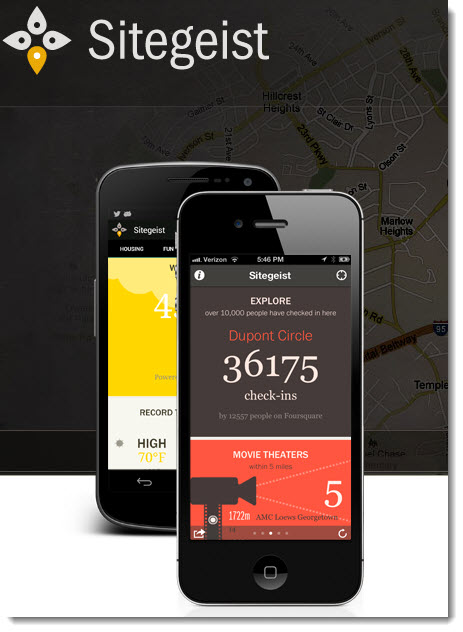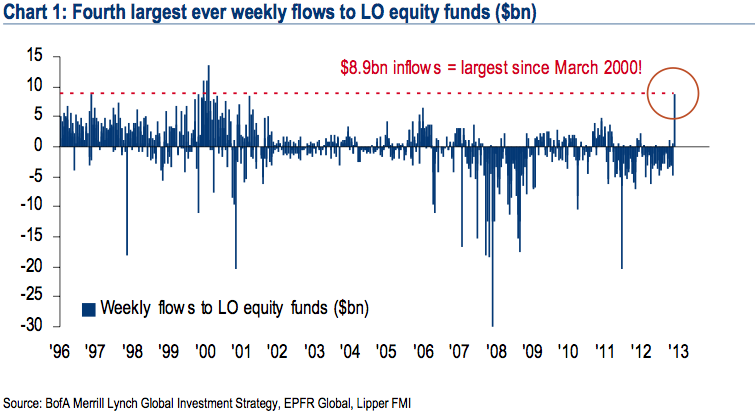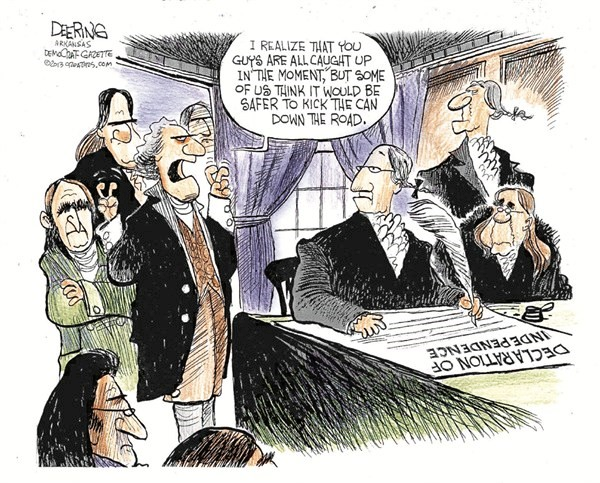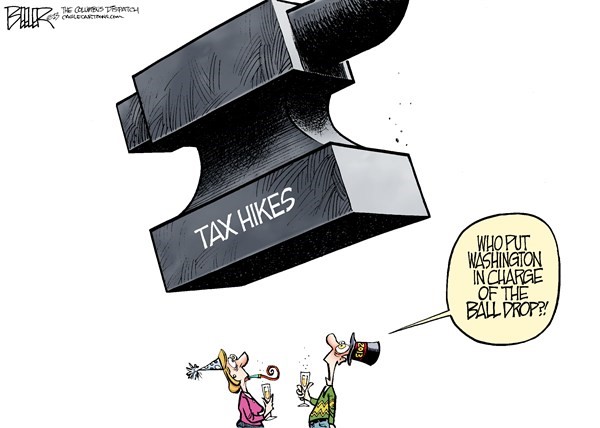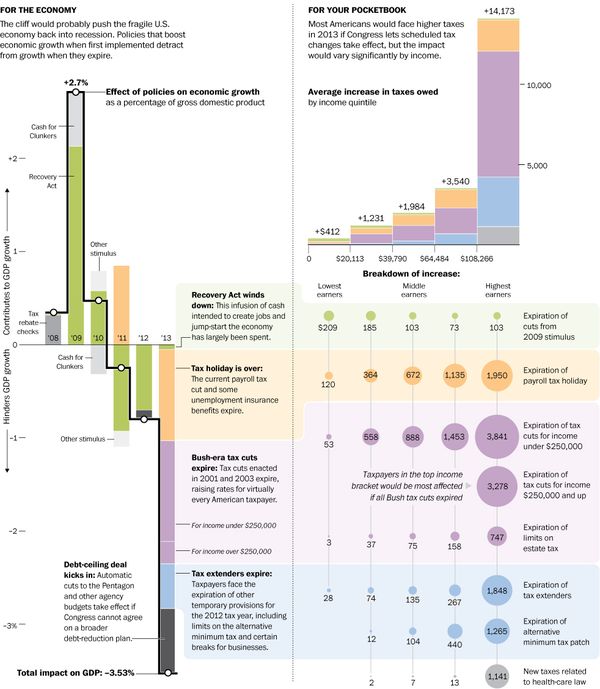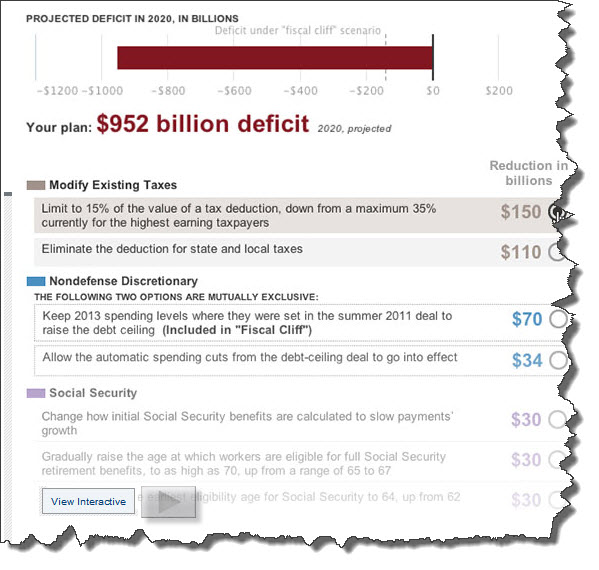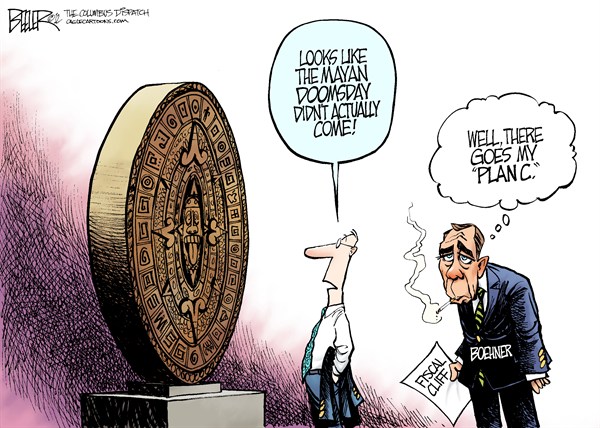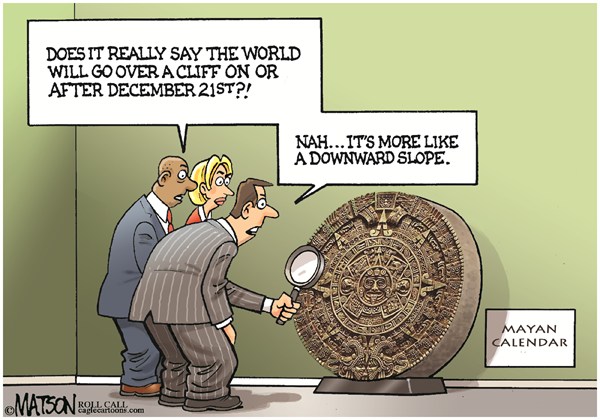is a mobile application that helps you to learn more about your
surroundings in seconds.
There’s a lot of information about your neighborhood (or anyplace you choose). Drawing on publicly available information (such as the U.S.
Census, Yelp!, and others), this app digs it up,
divides it into categories (people, weather, history, housing, etc.),
and serves it up in easy to digest graphics.
The results are interesting, even though an app like this just scratches the surface of what's possible with access to
data.
Some of the data you'll learn about a location includes:
- Age Distribution
- Political Contributions
- Average Rent
- Popular Local Spots
- Recommended Restaurants
- How People Commute
- Record Temperatures
- Housing Units Over Time
Sitegeist was created by the Sunlight Foundation in consultation with design firm IDEO. It is the third in a series of National Data Apps.
Bet you start seeing more apps like this.

